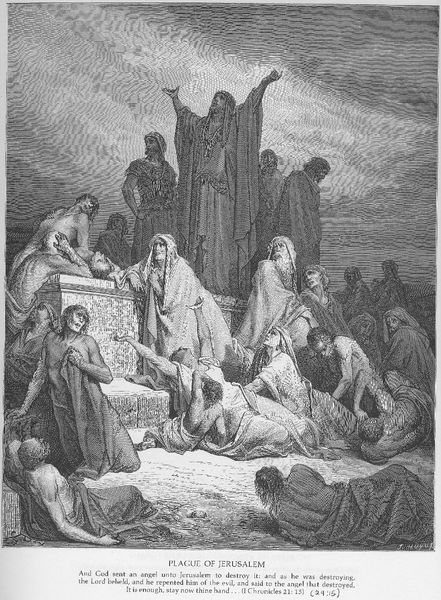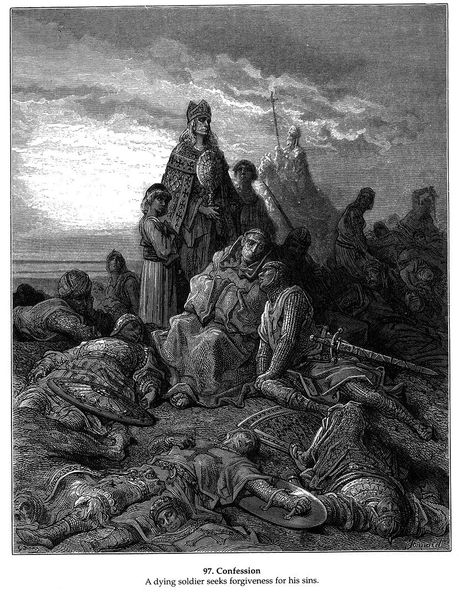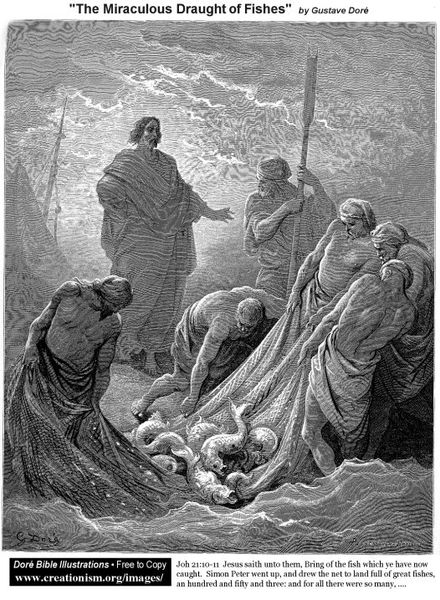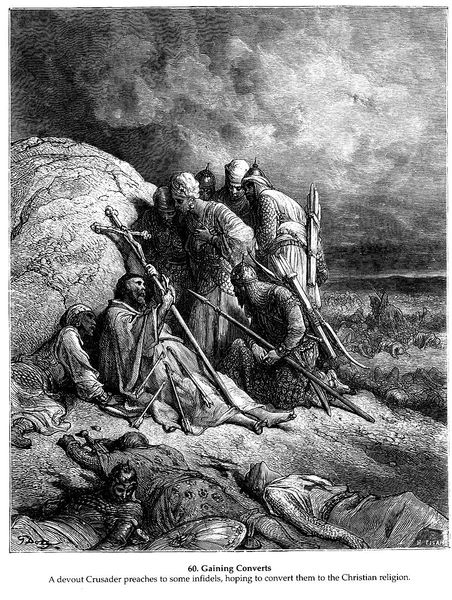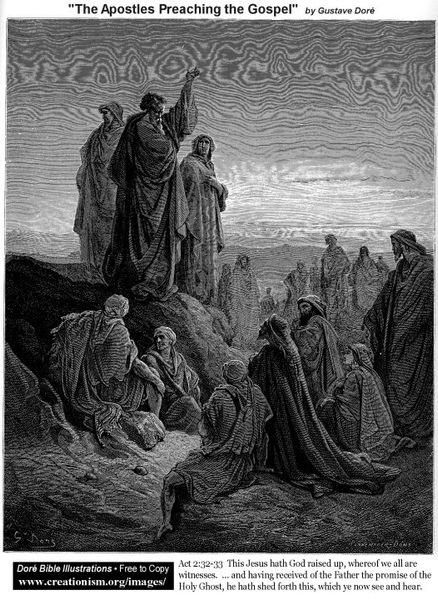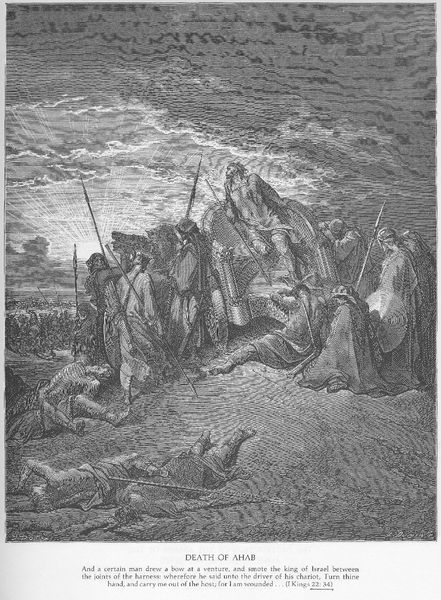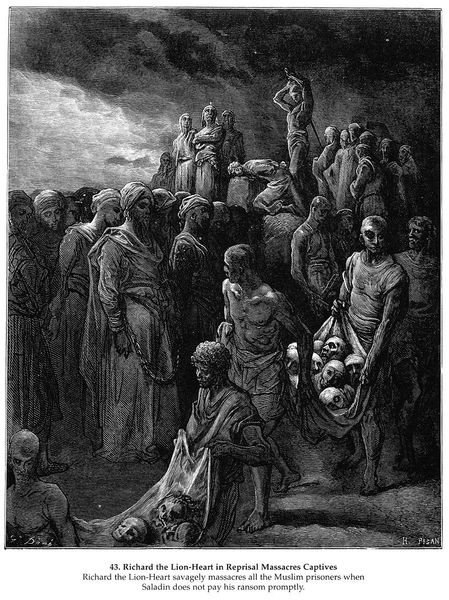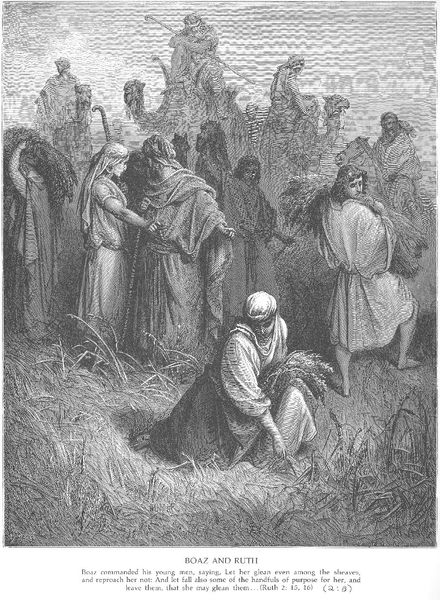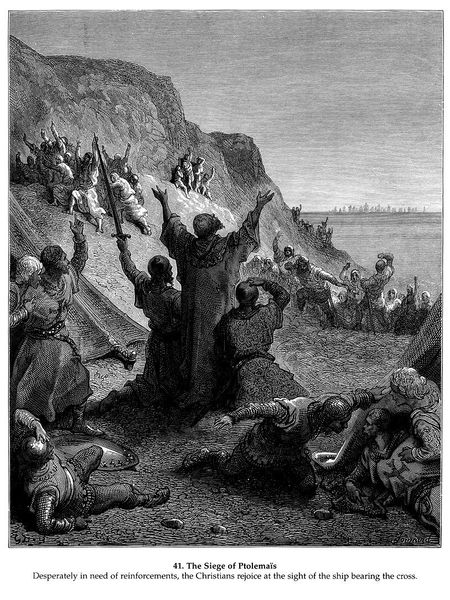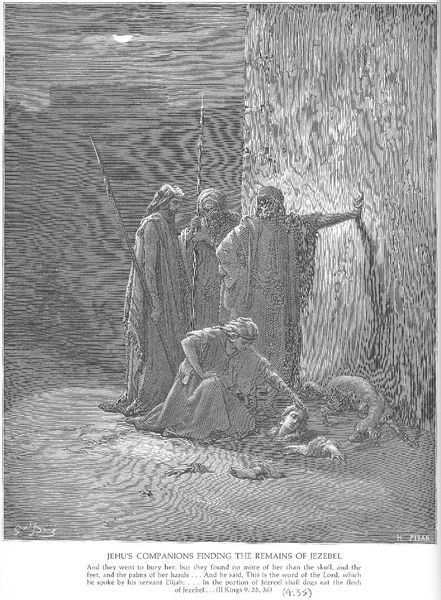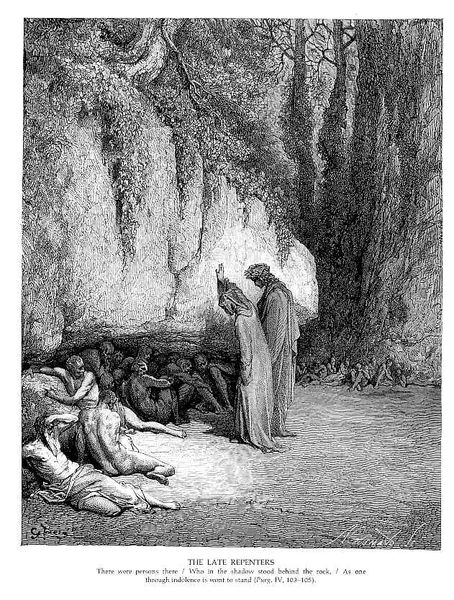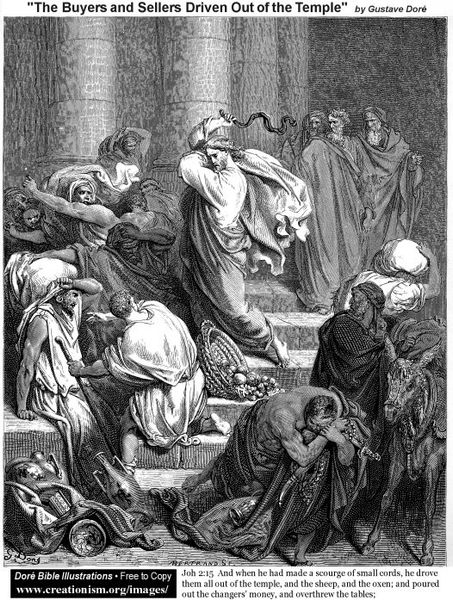
drawing, print, photography, engraving
#
drawing
#
medieval
#
narrative-art
# print
#
death
#
landscape
#
figuration
#
photography
#
christianity
#
history-painting
#
engraving
Copyright: Public domain
Gustave Doré made this wood engraving, "Death of Ananias," sometime in the 19th century. It depicts a scene from the Acts of the Apostles, where Ananias is struck dead for lying about a financial donation to the early church. Doré's dramatic rendering, with its stark contrasts and theatrical poses, reflects the cultural and religious values of his time. France in the 1800's was a time of great social change. There was a tension between traditional religious beliefs and emerging secular ideologies. Doré’s work often catered to a growing market for religious and historical illustrations. The image reinforces the church’s authority, warning against deceit. However, one might also see it as a commentary on the power dynamics within religious institutions. Doré's use of light and shadow, typical of the period, heightens the emotional intensity and moral message. To fully understand this work, one might research the history of biblical illustration and the social role of religion in 19th-century France. The meaning of Doré’s art lies in its complex relationship to the cultural and institutional forces of its time.
Comments
No comments
Be the first to comment and join the conversation on the ultimate creative platform.
